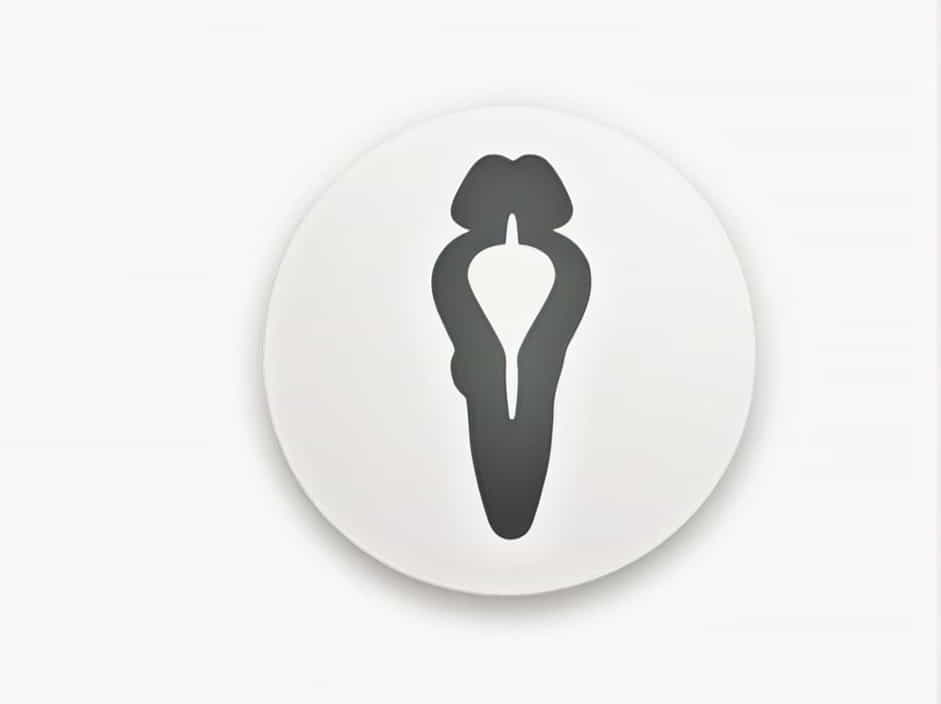The tailbone, scientifically known as the coccyx, is a small but important bone located at the bottom of the spine. Despite its size, the coccyx plays a crucial role in supporting body weight, aiding movement, and serving as an attachment point for various muscles and ligaments.
Many people are unaware of the coccyx’s functions until they experience pain or injury in the area. In this topic, we will explore the anatomy, function, common problems, and ways to maintain a healthy coccyx.
What Is the Coccyx?
1. Definition and Location
The coccyx is a triangular-shaped bone at the base of the vertebral column, right below the sacrum. It is considered a vestigial structure, meaning it is a remnant of a tail from our evolutionary past.
2. Structure and Composition
The coccyx is made up of three to five small vertebrae (typically four), which are either:
- Separate in early life.
- Fused together in adulthood.
This fusion process varies among individuals, with some people having a more flexible coccyx, while others have a completely fused one.
3. Connection to the Sacrum
The coccyx is connected to the sacrum (the large, triangular bone above it) by the sacrococcygeal joint, which allows slight movement. However, this joint can become stiff or painful due to injury or age-related changes.
What Is the Function of the Coccyx?
1. Provides Support for the Body
Although small, the coccyx plays a crucial role in supporting body weight, especially when sitting. It helps distribute pressure evenly to prevent excessive strain on the spine and pelvis.
2. Serves as an Attachment Point for Muscles and Ligaments
Several muscles, ligaments, and tendons attach to the coccyx, including:
- Gluteus maximus (one of the largest muscles in the body).
- Pelvic floor muscles, which support organs like the bladder and intestines.
- Ligaments that help stabilize the spine and pelvis.
These attachments help with posture, movement, and balance.
3. Aids in Movement and Stability
The coccyx plays a minor role in movement, but it contributes to:
- Sitting balance by providing support when leaning back.
- Shock absorption when sitting down or making sudden movements.
- Pelvic floor function, assisting in bowel and bladder control.
Common Coccyx Problems and Conditions
1. Coccyx Pain (Coccydynia)
Coccydynia refers to pain in the tailbone and is often caused by:
- Trauma (falls, accidents, childbirth).
- Repetitive strain (prolonged sitting on hard surfaces).
- Infections or inflammation.
- Bone spurs or arthritis.
2. Coccyx Fractures and Dislocations
Although rare, the coccyx can become fractured or dislocated due to direct impact or pressure. Symptoms include:
- Severe pain when sitting or standing.
- Swelling and bruising in the tailbone area.
- Difficulty with bowel movements or prolonged sitting.
3. Bone Spurs and Arthritis
In some cases, individuals may develop bone spurs or arthritis in the coccyx, leading to chronic pain and stiffness. This is more common in older adults or those with past injuries.
4. Pilonidal Cysts
A pilonidal cyst is a pocket of infected hair and skin that develops near the coccyx. It can cause:
- Swelling and redness in the tailbone area.
- Painful abscesses that may require drainage.
- Recurring infections if not treated properly.
How to Prevent Tailbone Pain and Injuries
1. Use Proper Sitting Posture
- Sit with your back straight and feet flat on the floor.
- Avoid slouching or sitting in one position for too long.
- Use a cushion or ergonomic chair to reduce pressure on the coccyx.
2. Strengthen the Pelvic Floor and Core Muscles
Exercises like Kegels, yoga, and core strengthening workouts help support the coccyx and reduce the risk of pain.
3. Avoid Prolonged Sitting on Hard Surfaces
- If you work long hours at a desk, take frequent breaks to stand and stretch.
- Use a donut-shaped cushion to relieve pressure.
4. Be Cautious During High-Impact Activities
- Avoid falling backward in activities like skating or cycling.
- Wear protective gear during sports to prevent injuries.
5. Seek Medical Help for Chronic Pain
If you experience persistent tailbone pain, consult a doctor to rule out:
- Fractures or dislocations.
- Infections or cysts.
- Underlying conditions like arthritis.
Treatment Options for Coccyx Pain
1. Home Remedies
- Ice packs to reduce swelling and pain.
- Warm compresses to improve circulation and relaxation.
- Over-the-counter pain relievers like ibuprofen.
2. Physical Therapy
A therapist can guide you through stretches and strengthening exercises to reduce tailbone pain.
3. Medical Interventions
For severe cases, doctors may recommend:
- Corticosteroid injections to reduce inflammation.
- Manual manipulation to reposition the coccyx.
- Surgical removal of the coccyx (only in extreme cases).
The coccyx, or tailbone, may be a small structure, but it plays a significant role in posture, movement, and support. While most people do not notice their coccyx until they experience pain, it is essential to maintain proper posture, strengthen muscles, and take preventive measures to keep it healthy.
If you suffer from chronic coccyx pain, seeking medical advice and proper treatment can help restore comfort and mobility.
